In 1923 a group of far-sighted Soft Wheat Millers Association members producing self-rising flour recognized that together they could make interesting advancements together. Collectively they sought to specifically address a rise in public concern regarding “chemical additives” used in flour and to promote home baking. The 1923 program surveyed wholesaler, retailer and consumer attitudes to determine program direction. A common seal or emblem of quality was designed for use on packages and in advertising. Other tactics included paid advertising; publicity to consumers, farm and medical publications, point-of-sale materials, recipe leaflets and direct mail inserts.
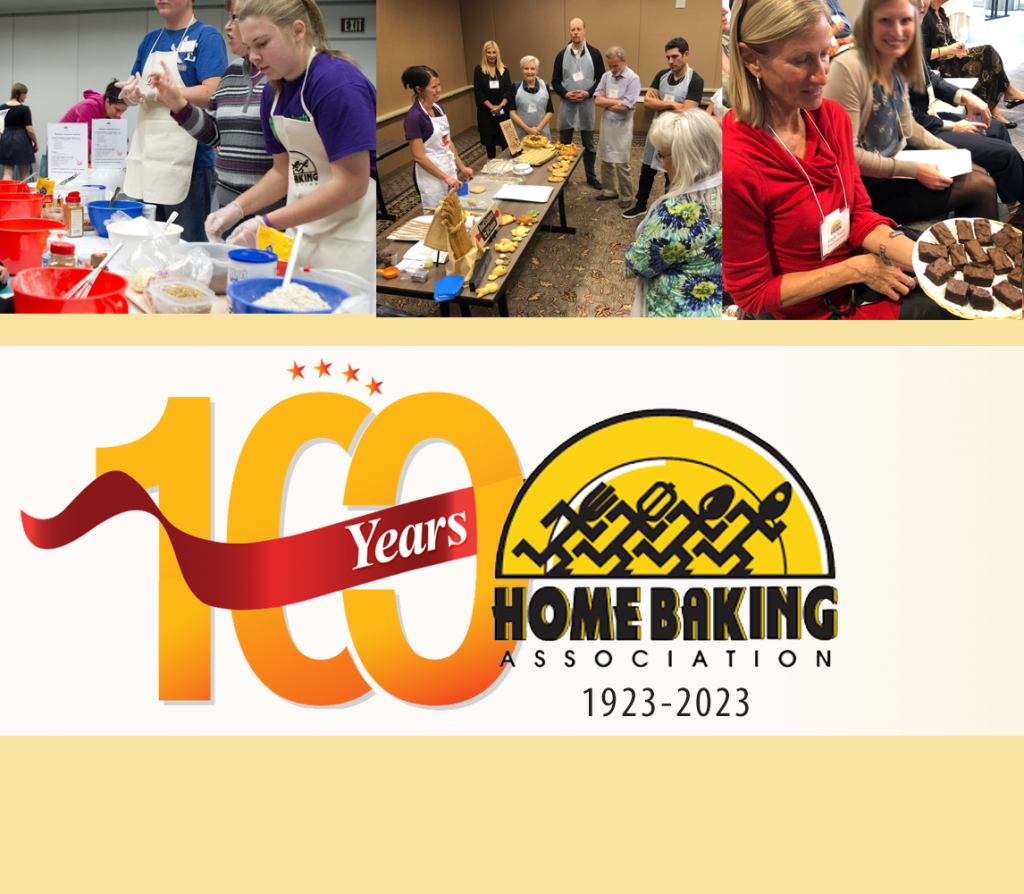
Ten years later, the ad hoc committee of the Soft Wheat Millers Association formed the Self-Rising Flour Institute as a regularly funded program. The organization welcomed “blenders” who were not millers, but marketers of brands. The program became incorporated in 1951 as the Self-Rising Flour Institute, Inc. With self-rising cornmeal also gaining significant home baking market share, a merger of these two interests was struck on December 15, 1959. The name of the organization was changed to the Self-Rising Flour and Cornmeal Program, Inc.
Then, as now, a not-for-profit corporation incorporated under the laws of Tennessee and classified by IRS Code 501 (c)(6). A significant nationwide decline in home baking began in the 1960s due to megatrend changes. Women began closing the distance on equality in the work force, family composition changed and with it meal preparation and eating patterns. Microwave ovens and fast food restaurants resonated with the crunch for time. The Program’s strategy united competitors to precondition and increase the total market for their product categories in a declining market.
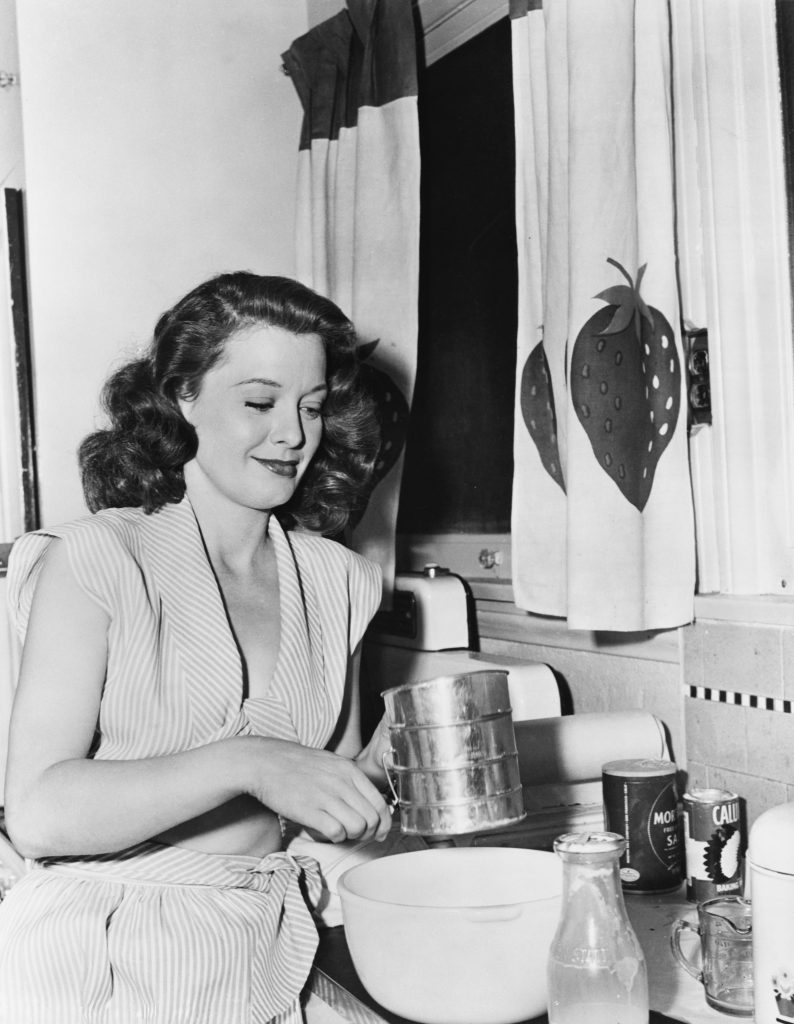
In the face of these market challenges, the Program left Nashville, Tenn., and sought cooperation with the Millers’ National Federation in Chicago, Ill. The MNF, begun in 1903, shared their overhead costs and the Institute continued its regional education and promotion program directed at 17 southeastern states on behalf of self-rising flour and cornmeal until 1977. When the Millers’ National Federation reorganized and moved to Washington, D.C., the Program floundered in a sea of change. In the 1980s the Home Baking Association became the last non-profit, generic communications program promoting baking at home.
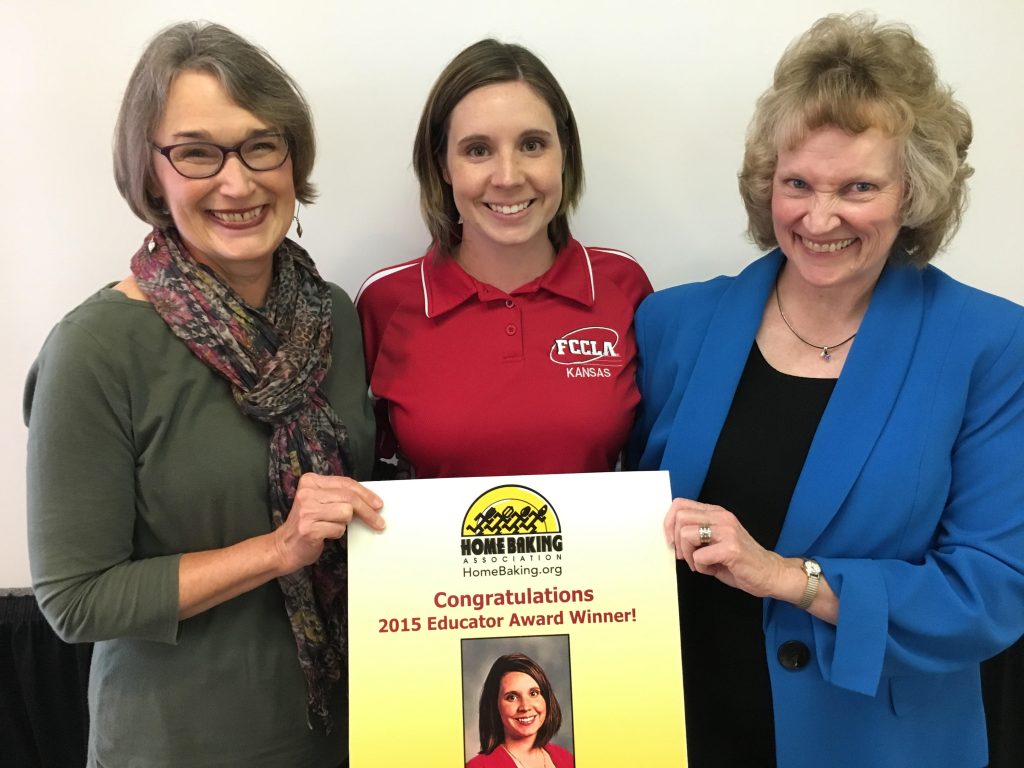
In the last few decades, the Home Baking Association continued its steadfast commitment to promoting and advancing the art of home baking, experiencing remarkable achievements under the stewardship of Family and Consumer Science Educators Charlene Patton and Sharon Davis. The association strategically aligned its efforts to meet its diverse audiences where they were most engaged, ensuring that they had the necessary tools to both educate and foster the practice of home baking.
In an age increasingly dominated by digital interactions, the Home Baking Association harnessed the power of social media channels, with its informative newsletter and a robust website to distribute educational and instructional materials. These resources reached students of all ages, empowering them with the knowledge and skills to embrace the joy of baking at home.
This digital transformation has yielded impressive results, as evidenced by the association’s substantial reach across all communication channels. As Home Baking Association celebrates 100 years in 2023, the organization boasts 120,000 newsletter subscribers, near weekly blog posts, a robust catalog of Youtube videos, instructional outreach through workshops and lectures, and important industry partnerships that contribute to an ever-expanding audience. Recent additions to the digital arsenal include a monthly calendar featuring expanded content, a Baker’s Spotlight program, and an extensive Baker’s Glossary referenced by educators, students and home bakers alike.
While the Covid-19 era has affirmed the importance of virtual events and digital assets in reaching large numbers of individuals, it has also underscored the enduring importance of in-person connections. Hands-on professional development workshops, highly esteemed by teachers and students alike, help facilitate learning and skill-sharing. 4-H teen leaders, Family & Consumer Sciences and Career and Technical Education teachers deepen their understanding of food safety and best baking practices through Home Baking Association training.
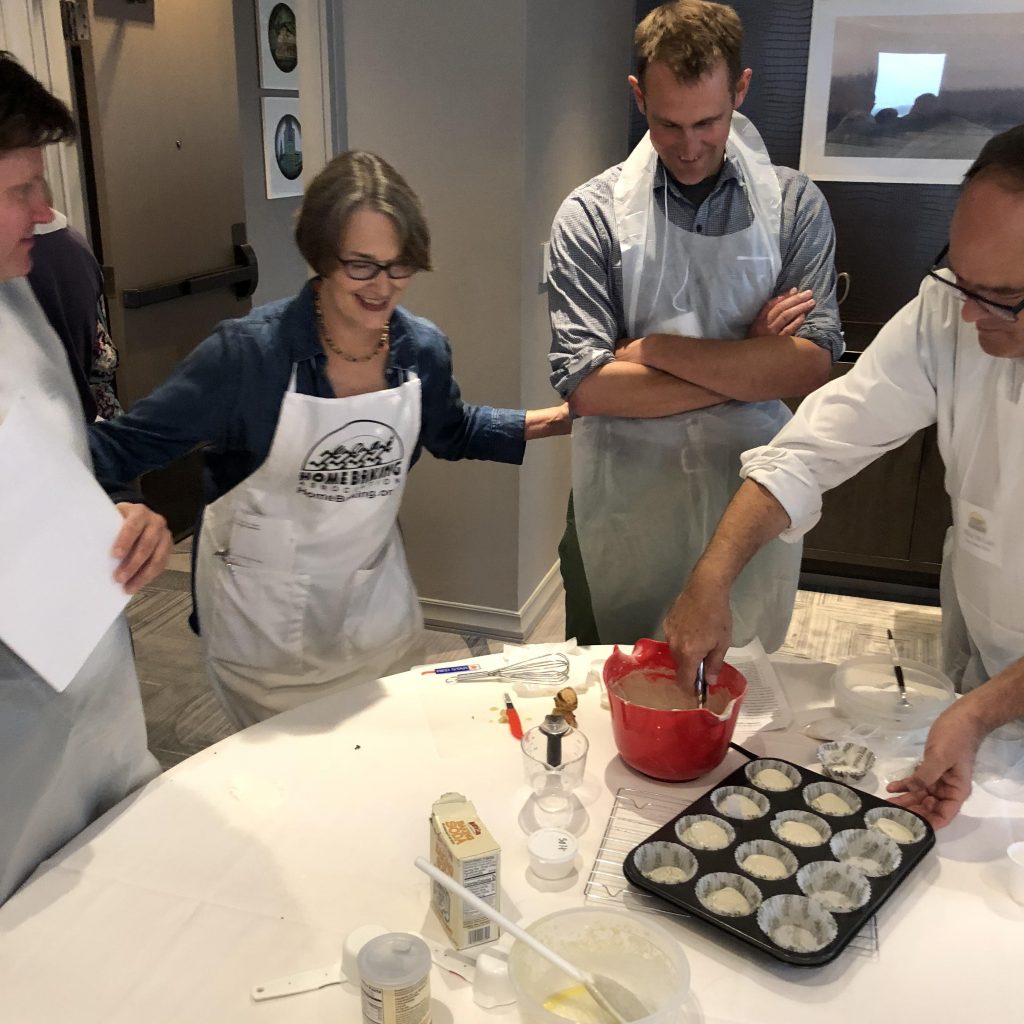
Recognizing the pivotal role of educators in furthering the HBA mission, the association seeks to continue inspiring and nurturing relationships through awards and recognition. The annual Educator Award, and the Bake to Give Maddie Kruse Youth Awards honor standout achievements each year. Winning Educator Award entries are released as lesson plans. One such lesson plan, “Bearthday Cakes Celebrations,” highlighted the cultural richness of baking traditions, was downloaded an impressive 12,000 times in 2022, and touched the lives of over 2 million students and households in just one year, thanks to the dedication of educators.
Throughout this journey of transformation and outreach, the Home Baking Association owes its continued success to the unwavering support of its members. From contributing content for baking calendars to providing resources and their valuable time, these members have played a pivotal role in sustaining the association’s momentum.
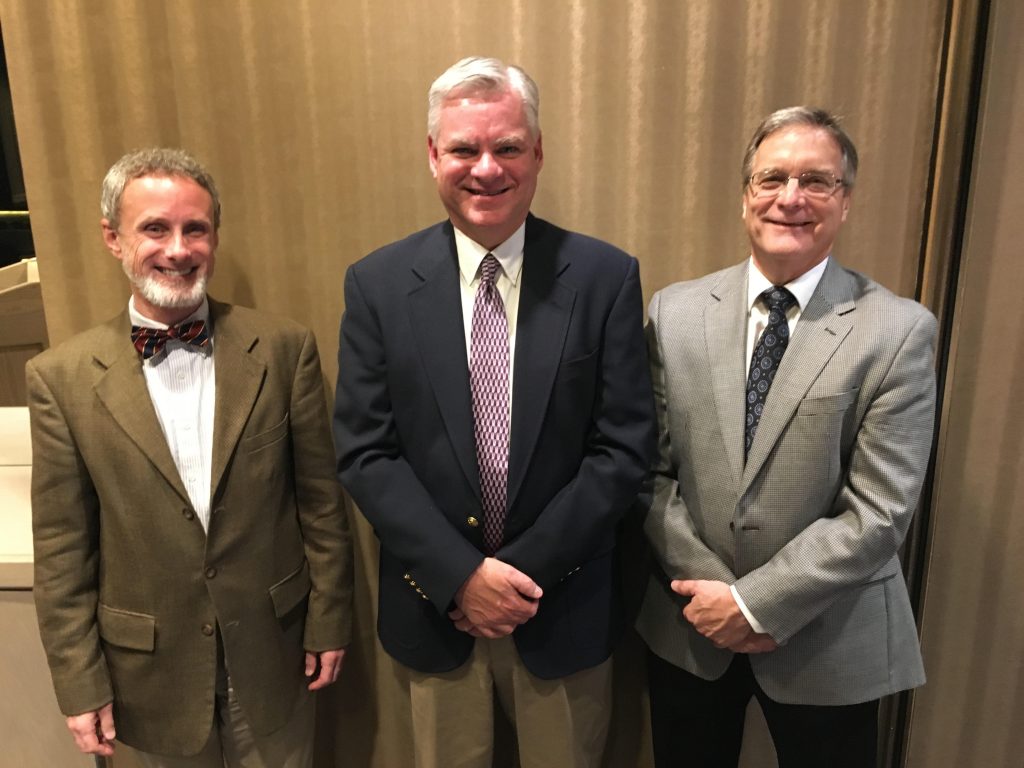
As the Home Baking Association looks ahead to the future, it does so with a deep sense of purpose. In a time of economic uncertainty marked by rising food prices, the enduring interest in home baking stands as a testament to its vital role within communities across the country. The association’s mission remains more critical than ever, ensuring that the joy and tradition of home baking continue to thrive.
How to Become a Member: Are you a firm or corporation, trade or non-profit association engaged directly or indirectly in promoting baking? Are you interested in becoming a member of the Home Baking Association? Find out how – click here


